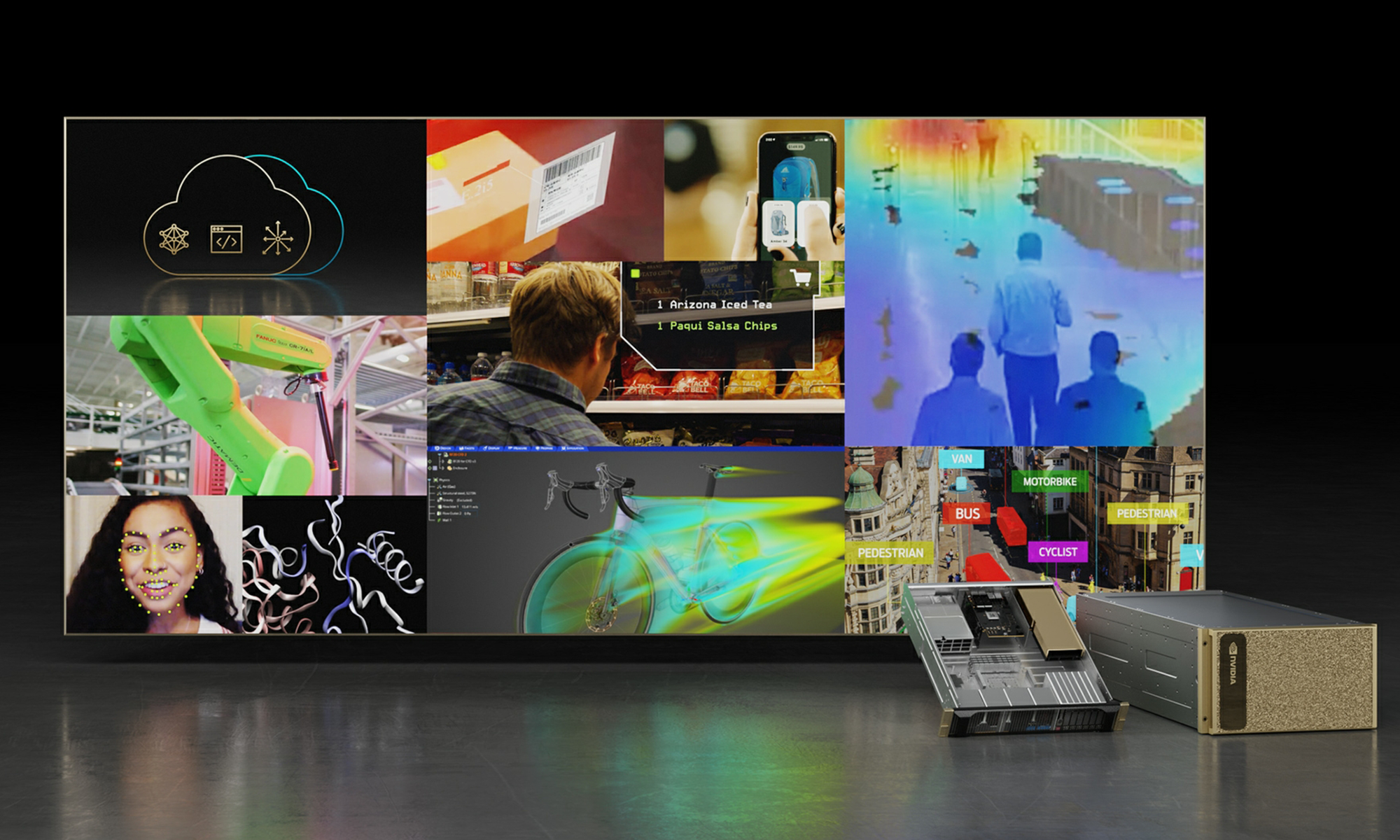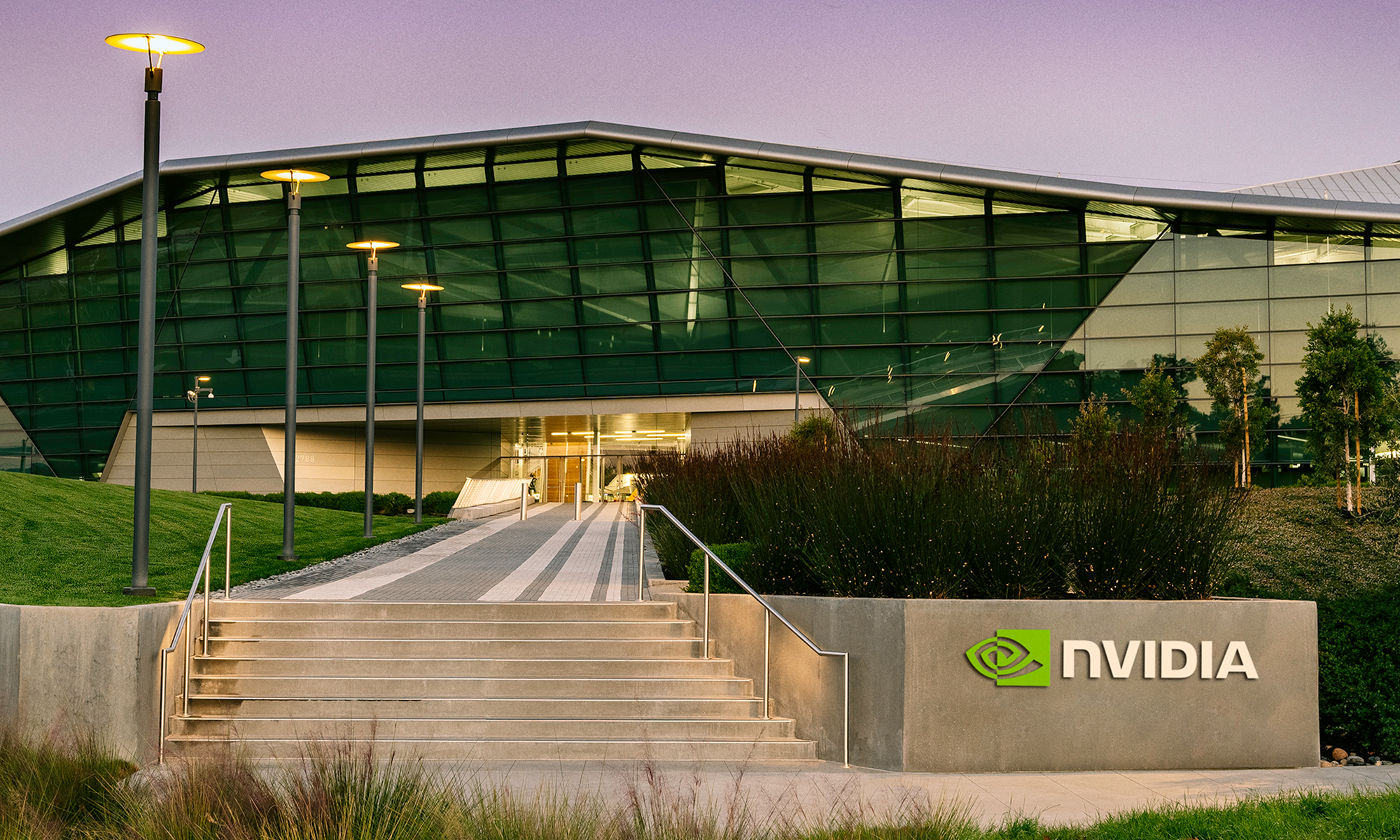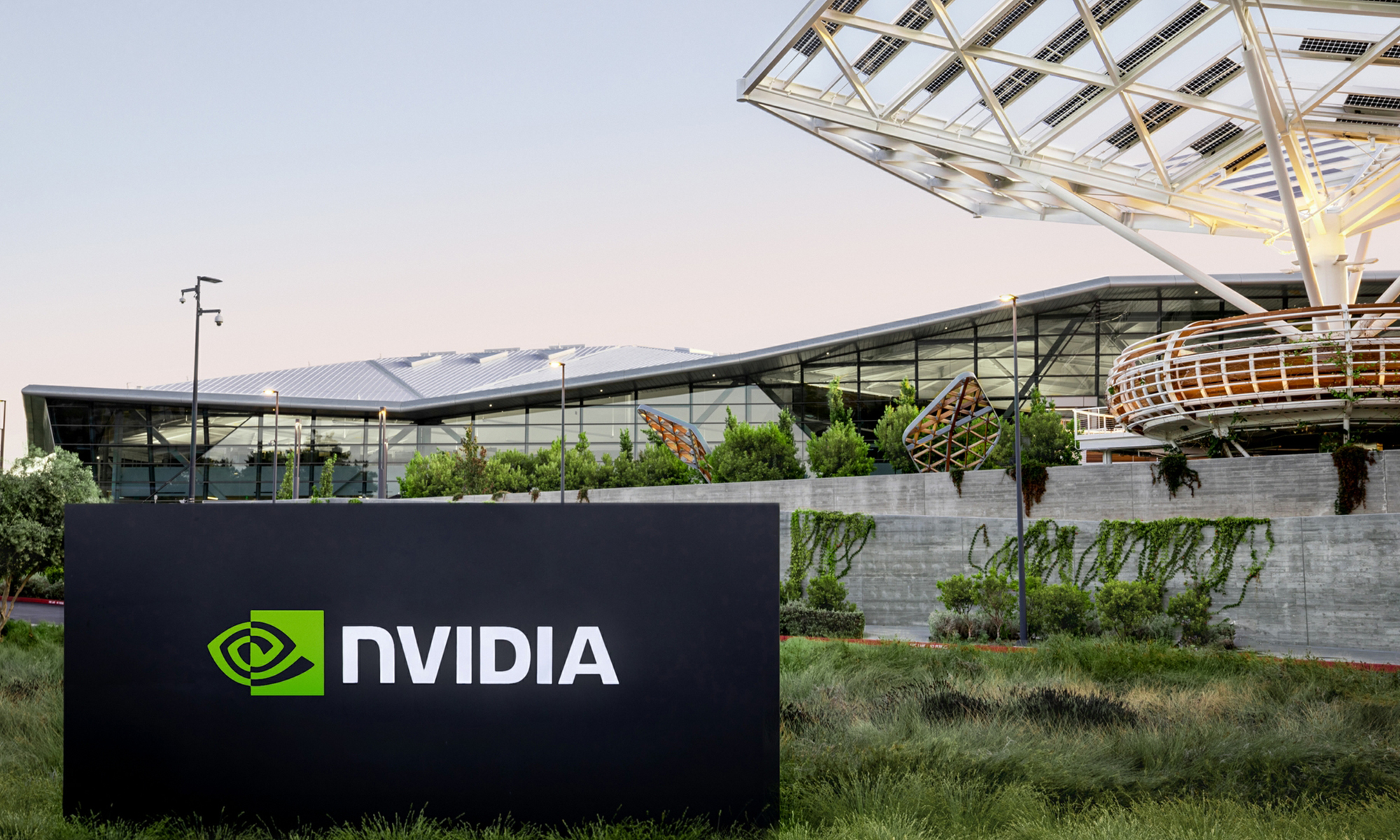Nvidia (NVDA 0.53%) has been a cornerstone of the artificial intelligence (AI) trade for several years. Its share price has increased 850% since January 2023, a period that roughly coincides with the launch of ChatGPT. But Wall Street is still overwhelmingly bullish on the semiconductor company.
Angelo Zino at CFRA Research thinks Nvidia "will be the most important company to our civilization over the next decade." More broadly, among 73 analysts following Nvidia, the median 12-month target price is $175 per share. That implies 25% upside from its current share price of $140.
Could Nvidia stock turn $50,000 into $1 million over the next decade? Here are my thoughts.

Image source: Getty Images.
The investment thesis for Nvidia is bigger than AI chips
What sets Nvidia apart is vertical integration. The company has over 90% market share in data center graphics processing units (GPUs), chips that accelerate complex workloads such as artificial intelligence (AI). But the company supplements its GPUs with adjacent hardware like CPUs, interconnects, and networking equipment.
Nvidia also develops software products. AI Enterprise is a suite of tools, code libraries, and pretrained models that streamline the development of AI applications for use cases like autonomous robots, conversational agents, and optimization systems. CrowdStrike uses those tools to power threat detection capabilities on its cybersecurity platform.
Similarly, Omniverse is a software platform that supports 3D application development. It also serves as a simulation engine that lets engineers generate synthetic data for developing machine learning models. Amazon uses the Omniverse platform to optimize warehouse design and train fulfillment center robots.
Nvidia frequently sets performance records at the MLPerf benchmarks, objective tests that evaluate AI systems on training and inference workloads. That is an important competitive advantage: Nvidia builds the best AI accelerators on the market. But vertical integration reinforces that advantage by letting the company design entire data center systems with the "lowest total cost of ownership," according to CEO Jensen Huang.
Grand View Research says spending on AI hardware, software, and services will increase at 35.9% annually through 2030. Nvidia has a good shot at matching that growth rate. Indeed, Wall Street expects earnings to grow at 40% annually through the fiscal year ending January 2027. That makes the current valuation of 44 times earnings seem fair.

NASDAQ: NVDA
Key Data Points
Nvidia is unlikely to turn $50,000 into $1 million over the next decade
Nvidia shares would need to increase 1,900% (20-fold) in the next decade to turn $50,000 into $1 million. Returns of that magnitude are theoretically possible in that time frame.
In fact, seven stocks currently in S&P 500 (^GSPC +0.19%) hit that mark in the last decade, as listed:
- Nvidia: +25,700%
- Advanced Micro Devices: +4,980%
- Axon Enterprise: +2,380%
- Texas Pacific Land: 2,110%
- Arista Networks: 1,950%
- Tesla: 1,920%
- Fair Isaac: 1,900%
However, while 20-fold returns are theoretically possible, Nvidia has virtually no chance of hitting that mark in the next decade. The company is already worth $3.4 trillion, meaning its market value would hit $68 trillion if the stock increased 20 times. That seems highly unlikely when the entire S&P 500 is only worth $48 trillion today.
Nevertheless, Nvidia is still a worthwhile investment. AI will likely be the most transformative technology in history, and the company is well positioned to benefit as demand for AI infrastructure increases. Potential catalysts include generative AI, autonomous vehicles, and humanoid robots. Also, Nvidia has a burgeoning software business that may evolve into a significant source of revenue as those catalysts take shape.





